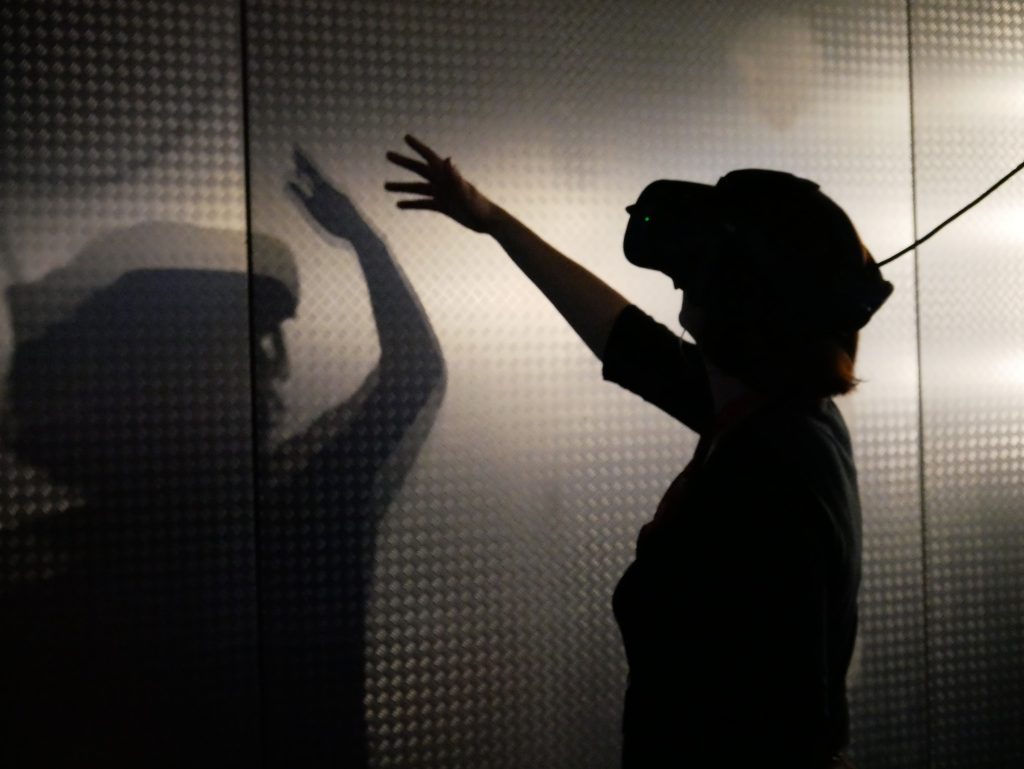Architecture has been a constantly evolving discipline since its beginnings, and nowadays, the advancement of technology has had a great impact on the field of architecture. In addition, the emergence of technologies such as virtual reality and augmented reality are changing the way architecture is conceived and positively improving the design process. 
Architecture and New Technologies: Virtual reality and its impact, exploring real-time design.
Virtual reality (VR) is a technology that allows for the creation of an immersive virtual environment that can be explored through a viewing device. In architecture, VR is used to create 3D models of buildings that can be explored in real time, allowing architects and clients to experience the design before it is constructed.
These technologies allow architects to design more efficiently, reduce costs, and improve the quality of the design. With VR and AR, architects can create accurate digital models of buildings before they are built, allowing for the identification of potential design problems and their correction before the building is constructed. This reduces costs and construction errors, which in turn allows architects to create safer and more sustainable buildings.
Architecture and New Technologies: Augmented reality and its impact, visualizing design in the real environment
Augmented reality (AR) is another technology type that is having a significant impact on the field of architecture. AR allows for the overlay of digital information onto the real world, meaning that architects can see virtual models of buildings and design elements superimposed onto the real environment. This allows architects and clients to visualize how the design will look in the context of the existing environment.
Augmented reality is also useful for interior design, as it allows architects and designers to visualize how furniture and decorative elements will look in a given space before physically placing them. This way, clients can see how their home will look prior to any major changes.
Architecture and New Technologies: Efficiency and quality in design thanks to technology:
3D printing is another technology that is revolutionizing the way buildings are constructed. Architects can use 3D printing to produce building components more quickly and economically than with traditional construction methods. This allows architects to create more complex and customized designs without incurring additional costs.
In the future, technology will continue to transform the way architecture is conceived. Within 100 years, we may see fully autonomous and sustainable buildings constructed using innovative materials and advanced construction processes. Artificial intelligence and machine learning could allow architects to design buildings that adapt to the needs of users and the environment, resulting in greater energy efficiency and a reduction of environmental impact.
Architecture and New Technologies: Examples of buildings that have implemented technology and their impact on energy efficiency
As we have previously discussed, in the architecture of the future, an emerging trend is the integration of technology into buildings so that they are able to produce their own energy, recycle water, and provide fresh and clean air to occupants, which is also expected to be optimized through the integration of artificial intelligence.
Here are some examples of how this technology is currently being used in architecture.
The CCTV building in Beijing, China, designed by the Dutch architectural firm OMA, is an example of how technology is being used to create innovative and unique buildings. The building is known for its inverted “L” shape and glass facade that allows for panoramic views of the city. The building’s design was created using digital models and was optimized to minimize energy consumption.
The British architecture firm Foster + Partners is using virtual reality technology to design projects more efficiently and effectively. The use of virtual reality allows architects to visualize and modify designs in real-time, enabling them to make changes more quickly and accurately.
The Technical University of Delft in the Netherlands is using 3D printing to create scale architectural models. 3D printing allows students and architects to create detailed models of their designs and visualize them in a three-dimensional form.
Artificial intelligence technology is also being used in architecture. The Dutch architecture firm MVRDV used artificial intelligence algorithms to create the design for a library in Tianjin, China. The algorithm analyzed the needs of the library’s program and generated an optimal design that maximizes natural light and space.
Augmented reality is also being used in architecture to help clients visualize designs more realistically. The architecture firm Perkins and Will used augmented reality to allow clients to walk through their designs and see how they will look in their real environment.